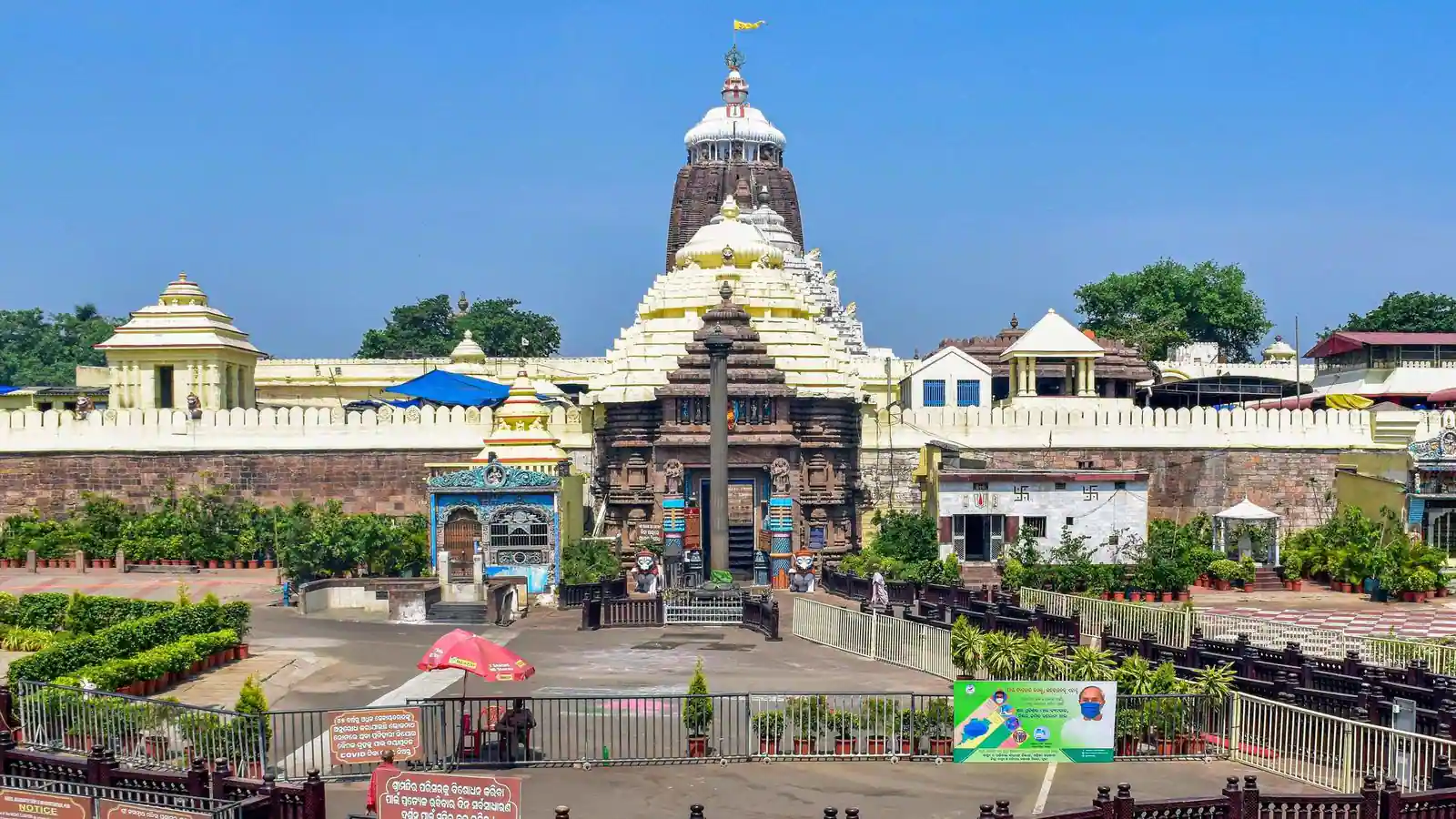On Friday, the Supreme Court dismissed petitions filed by the Odisha government alleging illegal construction and excavation at the Shree Jagannath temple in Puri and condemned the practice of filing PILs for publicity or personal gain, which wastes the court’s time. A bench of Justices BR Gavai and Hima Kohli dismissed two PILs and fined the petitioners Rs 1 lakh each.
According to the Supreme Court’s decision, “PILs have grown like mushrooms in recent years. Many of these petitions are either publicity or personal interest litigation. We condemn the practice of filing such PILs as a waste of judicial time that must be stopped so that development work does not stall.”

The Supreme Court refused to hear petitions seeking a stay on the Jagannath Temple Corridor project work, citing its importance in providing public infrastructure. It has been observed that the construction activities are intended to provide devotees with facilities and services. The Supreme Court was hearing petitions challenging an order by the Odisha High Court that barred the state government from excavating around the Shree Jagannath temple in Puri, Odisha.
The bench heard arguments from advocates representing petitioners and the state government on Thursday and reserved the order for today. One of the petitioners, senior advocate Mahalaxmi Pavani, argued that under the Ancient Monuments and Archeological Sites and Remains (AMASR) Act 1958, the State government must obtain a NOC from the relevant authority before carrying out any work on a protected site.
The state obtained a NOC from the National Monuments Authority for the construction work, but the competent authority under the Act to grant the NOC is the Director or Commissioner of the Archeology Survey of India, she added. According to the senior advocate, there is a clear embargo against any construction in the prohibited area. She also claimed that no permission was obtained to develop a regulated area.
Another petitioner’s lawyer, Vinay Navare, argued that the temple is centuries old and that the Archeology Department officer’s report shows that the construction was done in a prohibited area. Cracks have been discovered in the temple and its walls, and the state government is conducting unauthorized construction work, posing a serious threat to the structure of the ancient temple of Mahaprabhu Shree Jagannath, according to the petitioners.

However, Ashok Kumar Parija, Advocate General of Odisha, argued that under the AMASR Act, the authority is the NMA, and the competent authority has been notified as Director Culture, State of Orissa. The State government is carrying out activities to provide amenities to pilgrims, with permission from the NMA, he said.
The petitions challenged the division bench order of the Orissa High Court and accused the Odisha government of illegal excavation and construction work at the Shree Jagannath temple. The appeals filed in the Supreme Court alleged that the excavation of the area near the temple wall endangers the temple’s structural safety. It requested that the construction work near the temple be halted. While hearing a PIL, the High Court directed the Archeological Survey of India and state government agencies to conduct a joint inspection of the area and submit a report. The ASI had informed the High Court that archaeological remains at the heritage site could be destroyed as a result of the corridor excavation work.
According to reports, the Odisha Bridge Construction Corporation, the PSU in charge of the project, may have destroyed archaeological remains from the 12th century Jagannath temple during a deep excavation to build common facilities under the ‘Srimandir Parikrama’ plan. It also claimed that the government had not obtained permission to conduct the construction work. The state, on the other hand, claimed that it had obtained all necessary permits for the construction. While taking the ASI’s report into account, the High Court directed the State government to file an affidavit by June 20 and set June 22 as the next date of hearing.

According to one of the appeals, filed through advocate Gautam Das, under Section 19 of the Ancient Monuments and Archeological Sites and Remains Act, no one can construct any building within a 100-meter radius of a protected area, and since the temple was declared a protected area in 1975, such construction is taking place at a structure called Meghanad Pacheri, which is an integral part of the temple. It stated that the state government is attempting to build certain structures with heavy machinery and has already dug up to 30 feet from the ground level adjacent to the western side of Meghnad Pacheri, and that the construction equipment is putting pressure on the temple’s foundation.
Odisha Chief Minister, Naveen Pattanaik, laid the foundations for the Jagannath Temple corridor project in 2019, which aimed to transform the temple’s 75-metre perimeter into a heritage corridor to attract devotees. The ‘Srimandir Parikrama project’ includes a large terraced green landscape and a pedestrian-only pathway.
Also Checkout: Plan to replicate Gujarat Education Department’s Vidya Sameeksha Kendra nationwide












